Research Themes
Explore our key areas of ecological research
Our Research Spectrum
We focus on cross-scale integration, making us inherently interdisciplinary. Our work leverages computational ecology, remote sensing, and machine learning to unravel ecosystem complexities and tackle critical challenges such as the impact of pathogens and pesticides. Though we focus on fundemental issues, we bridge science and action by being active in stakeholder engagement and public outreach. As a consequence, we are increasingly and measurably transdisciplinary, which is ensuring that our research not only deepens understanding but also drives real-world solutions for a sustainable future.
Click on a theme to learn more about that research area.
Forest Ecology

Forests are key regulators of the global carbon, water, and energy cycles, and we explore forest ecology to conserve and sustain these vital ecosystem. Our research has revealed how climate change accelerates liana expansion, reducing forests’ ability to store carbon. We quantify the global rise of lianas and uncover how forest structure and physiology shape tree-liana dynamics under environmental change.
By integrating remote sensing, mechanistic models, and long-term field data, our mission is to continue to provide critical insights for predicting forest resilience, biodiversity shifts, and carbon sequestration in a changing world.
Biophysics
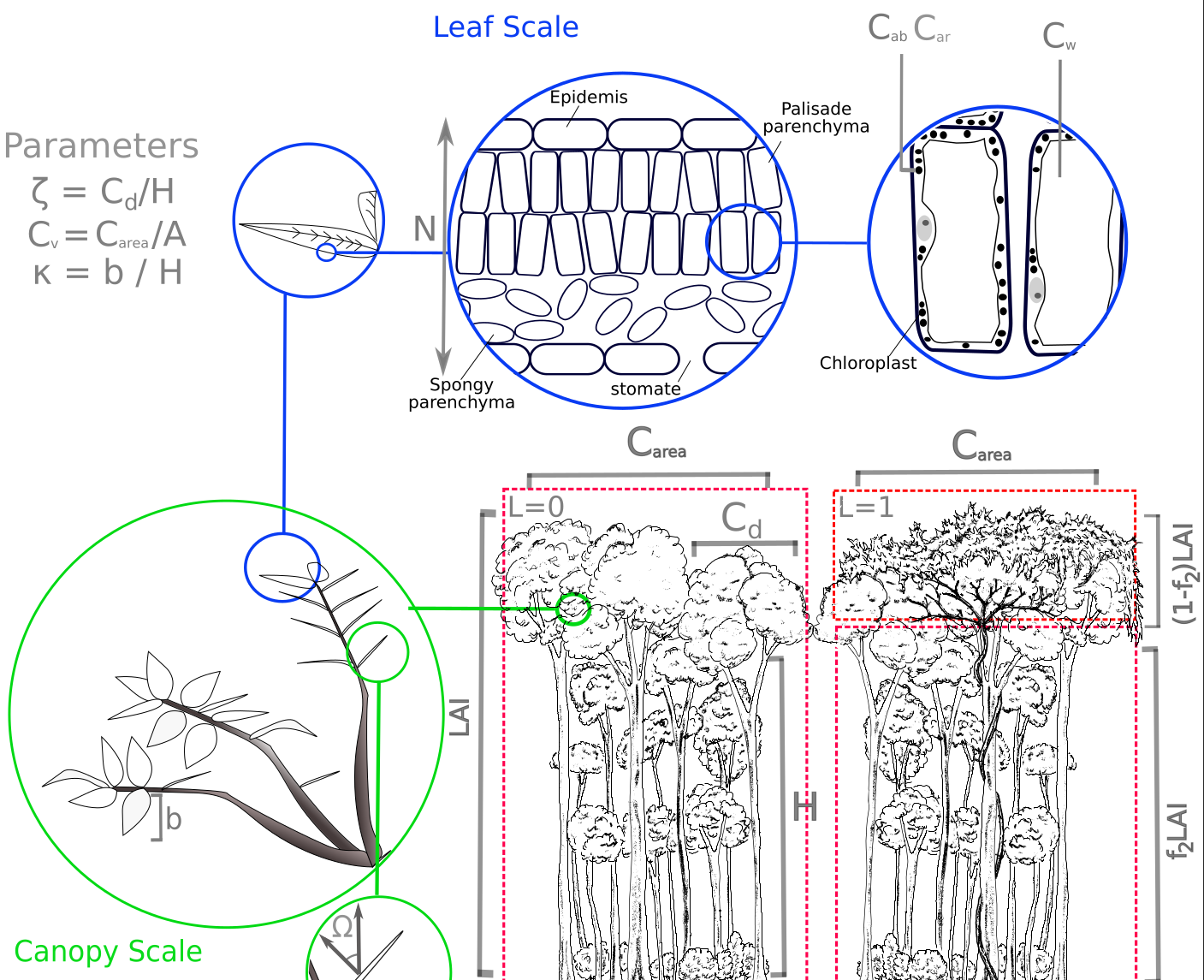
Biophysics bridges ecology and physics, revealing the mechanistic processes driving ecosystem function.
Our research has demonstrated how lianas alter forest energy balance, increasing albedo while reducing productivity. Using radiative transfer models and physiological data, we quantify how leaf traits and canopy structure shape light competition and energy fluxes.
To support this, we develop open-source software for ecological modeling, including tools for radiative transfer and hydraulic modeling. These innovations enable researchers to simulate and predict ecosystem responses to climate change at unprecedented detail.
🔗 Explore our publications →
🔗 Discover our ecological modeling software →
Machine Learning
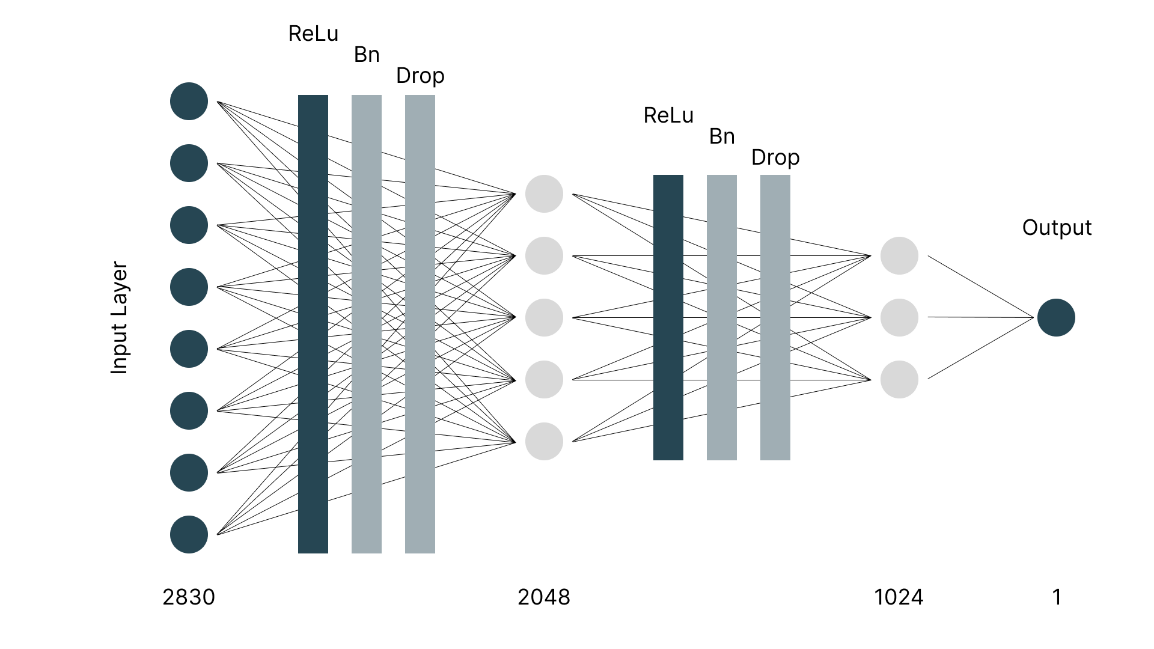
Machine learning is transforming ecology by merging big data with mechanistic theory to uncover hidden patterns and predict environmental change. Our research pioneers physics-informed models, enhancing the accuracy of ecosystem predictions—from carbon cycling to biodiversity shifts.
We are also developing a quantitative structure-activity relationship (QSAR) model to predict the toxicity of chemicals in novel species, bridging computational chemistry and ecological risk assessment.
Through open and reproducible science, we create AI-driven tools that empower researchers and policymakers to fill critical data gaps and help anticipate ecosystem changes and mitigate environmental risks.
🔗 Explore our publications →
🔗 Discover our machine learning tools →
Remote Sensing
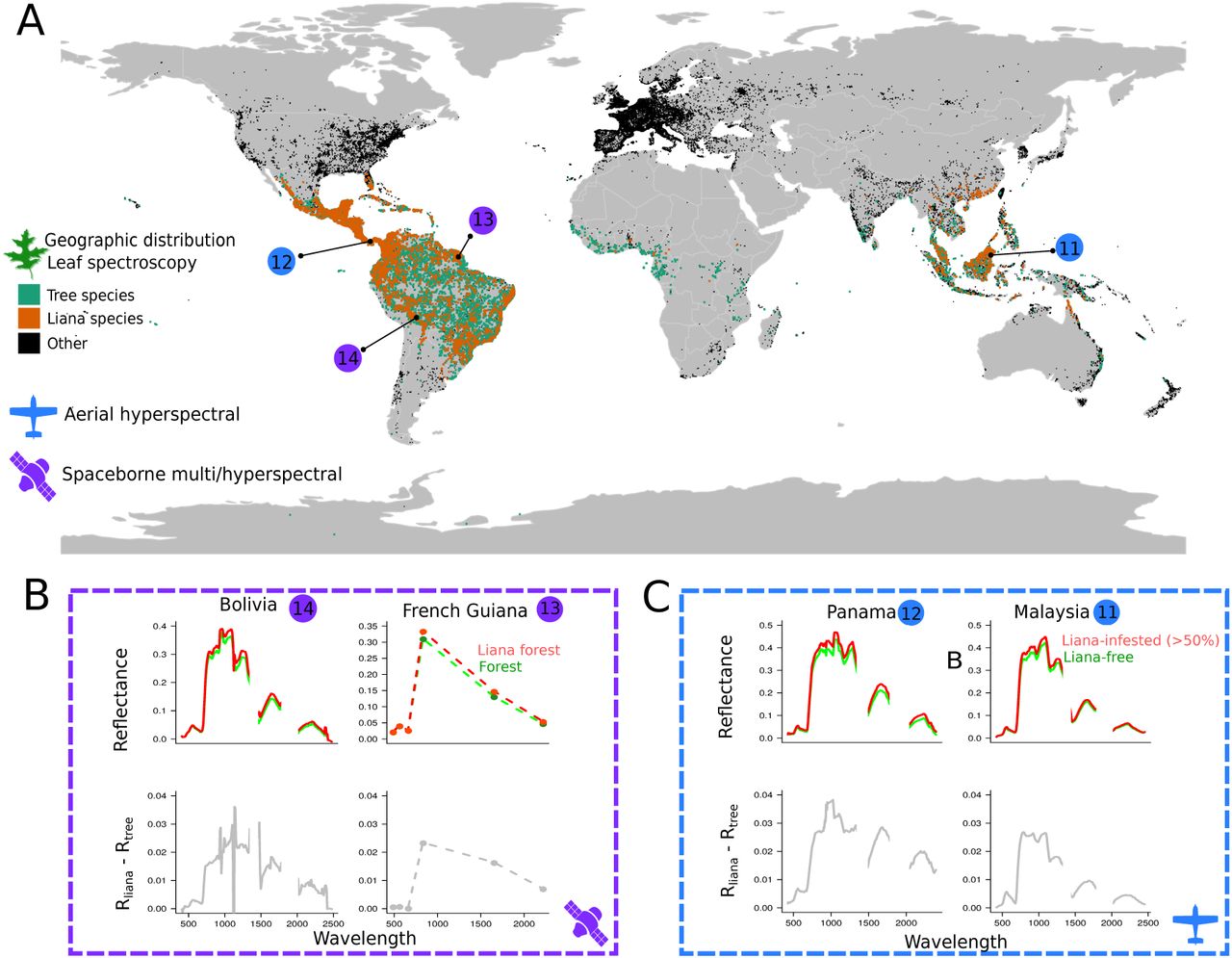
Remote sensing is the ultimate cross-scale tool, and our work embodies this by bridging satellite data, biophysical models,
and demographic theory. Our research explains why we can detect lianas from space, linking their unique optical traits to forest canopy structure and carbon flux through mechanistic models.
We are developing physics-informed neural networks (PINNs) to refine remote sensing predictions, integrating radiative transfer models, machine learning, and biophysical constraints for more accurate assessments of forest structure, ecosystem change, and biodiversity shifts.
To support this, we create open-source software for processing ecological remote sensing data, enhancing global monitoring efforts and conservation planning.
🔗 Explore our publications →
🔗 Discover our remote sensing tools →
Host-Parasite Systems
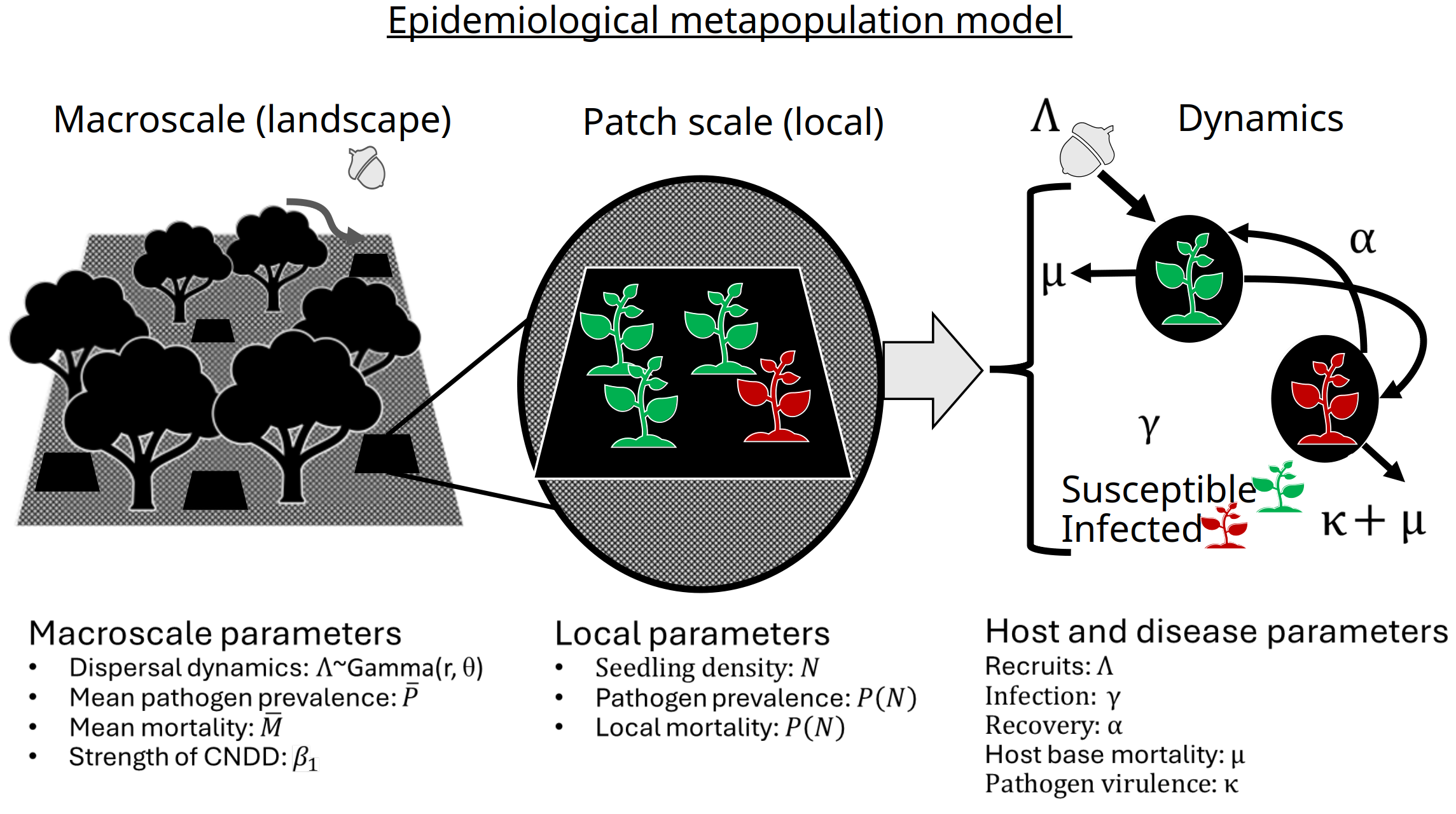
Parasites and pathogens shape biodiversity, evolution, and forest dynamics, yet their ecological impact remains underexplored. Our research has demonstrated how pathogens regulate tree diversity, supporting species coexistence and influencing long-term forest structure.
We also investigate latitudinal patterns in stabilizing density dependence, where we are working to understand how host-parasite interactions vary across ecosystems with mechanistic models. By combining demographic models and long-term montitoring and disease data, we are uncovering the hidden forces driving community stability and biodiversity maintenance.
Pesticides
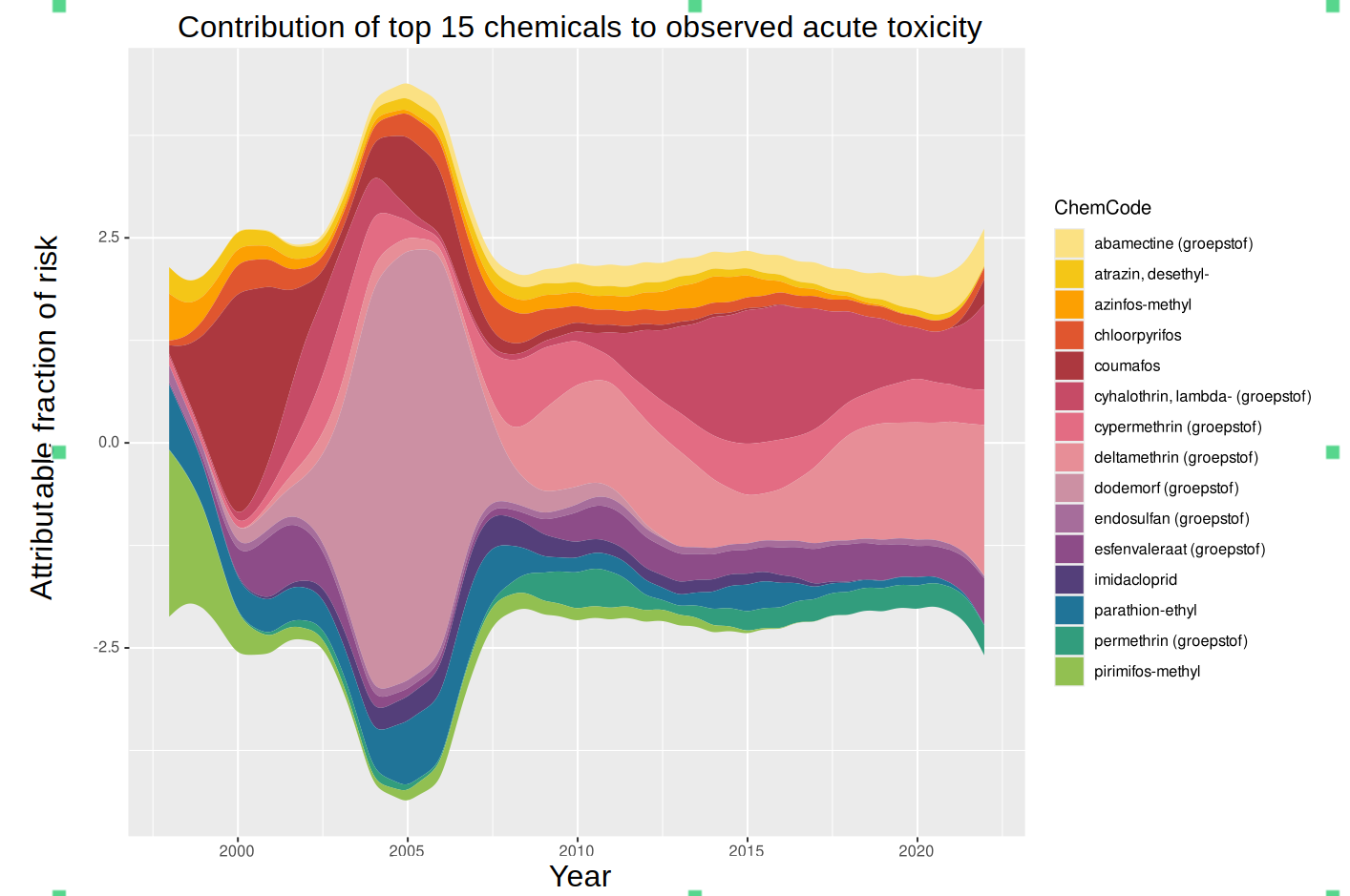
Pesticides impact ecosystems at multiple scales, yet critical data gaps persist. We leverage machine learning and large-scale monitoring to assess their environmental risks, ensuring transparent, publicly accessible insights for researchers, policymakers, and stakeholders.
We actively maintain the Dutch Pesticide Atlas, a key resource tracking chemical contamination in surface waters and shaping risk assessments. Through direct collaboration with government agencies, industry, and conservation groups, our research has led to policy changes, reinforcing the need for sustainable pesticide management.
🔗 Explore our publications →
🔗 Access the Dutch Pesticide Atlas →